Traveling has always been about more than just seeing new places—it’s about experiencing them with all your senses, especially taste. The world’s greatest food cities offer a direct connection to local culture, history, and innovation through their distinctive culinary landscapes.
These urban centers transform dining into an adventure, where each market stall, street corner, or restaurant becomes a gateway to understanding what makes a place truly unique. Here is a list of 20 cities where food transcends mere sustenance to become an essential cultural experience worth building an entire trip around.
Tokyo, Japan
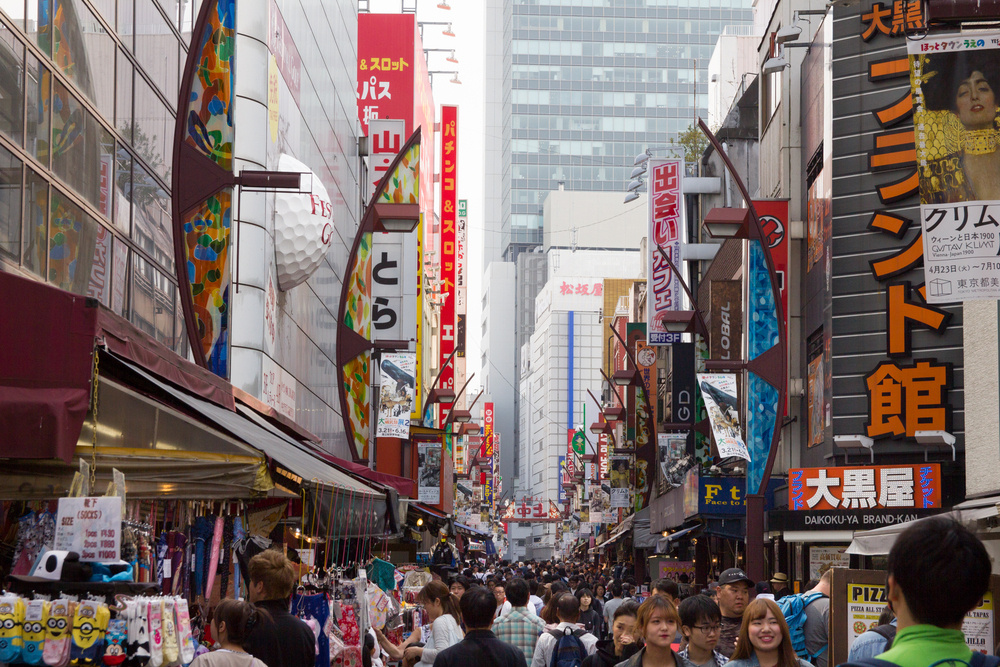
Tokyo holds more Michelin stars than any city on earth. Yet, its culinary greatness extends to perfect noodle shops hidden in subway stations and meticulously managed food halls in department store basements.
Tiny restaurants often serve just one dish—from tempura to tonkatsu—perfected over generations. The Tsukiji Outer Market remains a paradise for seafood lovers, while Shinjuku’s Memory Lane recreates post-war street food culture in atmospheric alleyways.
Lyon, France

Often considered France’s true culinary capital over Paris, Lyon nurtures its food heritage through traditional bouchons serving rustic Lyonnaise specialties like quenelles and silky chicken liver preparations.
The city’s location at the intersection of multiple agricultural regions provides exceptional ingredients. The indoor Les Halles de Lyon-Paul Bocuse market showcases the finest regional products, from Saint-Marcellin cheese to pink praline tarts.
Like Travel Pug’s content? Follow us on MSN.
Bangkok, Thailand

Bangkok’s street food culture represents one of humanity’s greatest culinary achievements, with vendors specializing in singular dishes perfected through relentless competition. The fragrant interplay of sweet, sour, salty, and spicy flavors creates perfect harmony in dishes like boat noodles and som tam papaya salad.
Despite recent regulations, neighborhoods like Chinatown’s Yaowarat Road still offer immersive food experiences where sidewalk seating transforms ordinary streets into unforgettable dining rooms.
Oaxaca, Mexico

This southern Mexican city preserves Indigenous culinary traditions while continuing to evolve them, creating one of the world’s most complex regional cuisines. Seven distinct varieties of mole sauce showcase the labor-intensive care behind Oaxacan cooking.
The sprawling markets contain aisles dedicated entirely to different chile varieties, handmade chocolates, and tlayudas—enormous tortillas topped with beans, meat, and stringy Oaxacan cheese.
Naples, Italy
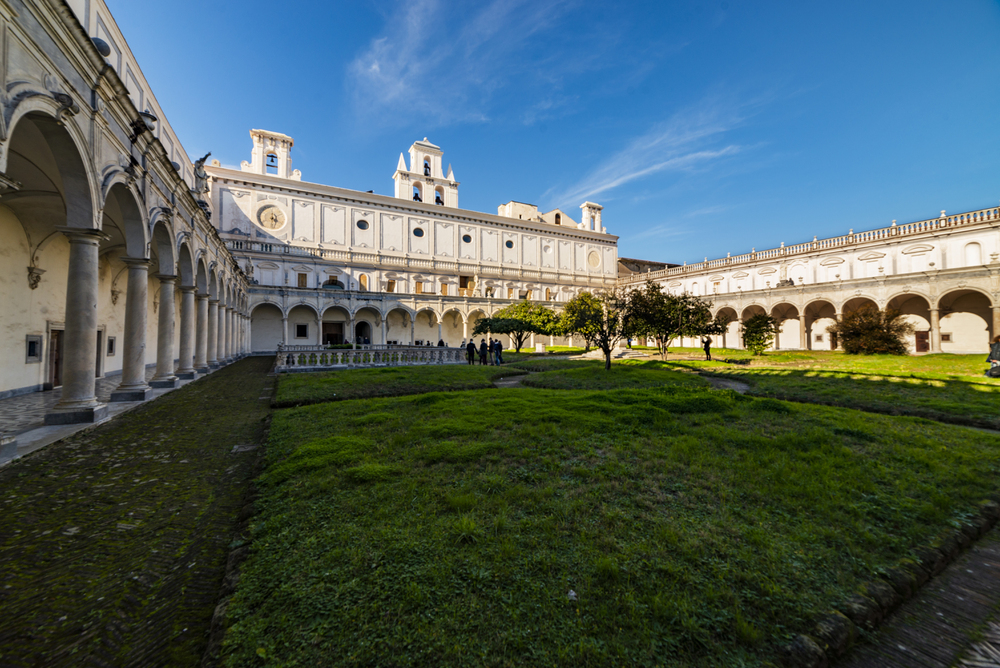
The birthplace of pizza maintains rigorous standards for its signature creation, with certified Neapolitan pizzerias adhering to specific methods producing soft, pillowy crusts with char-spotted exterior-produced pizza; the city excels in street food like frittatina and sfogliatelle pastries filled with orange-frittata cotta.
The Gulf of Naples supplies fresh seafood for classic pasta preparations that demonstrate Italian cuisine’s depth through obsessive ingredient quality.
Like Travel Pug’s content? Follow us on MSN.
New Orleans, Louisiana
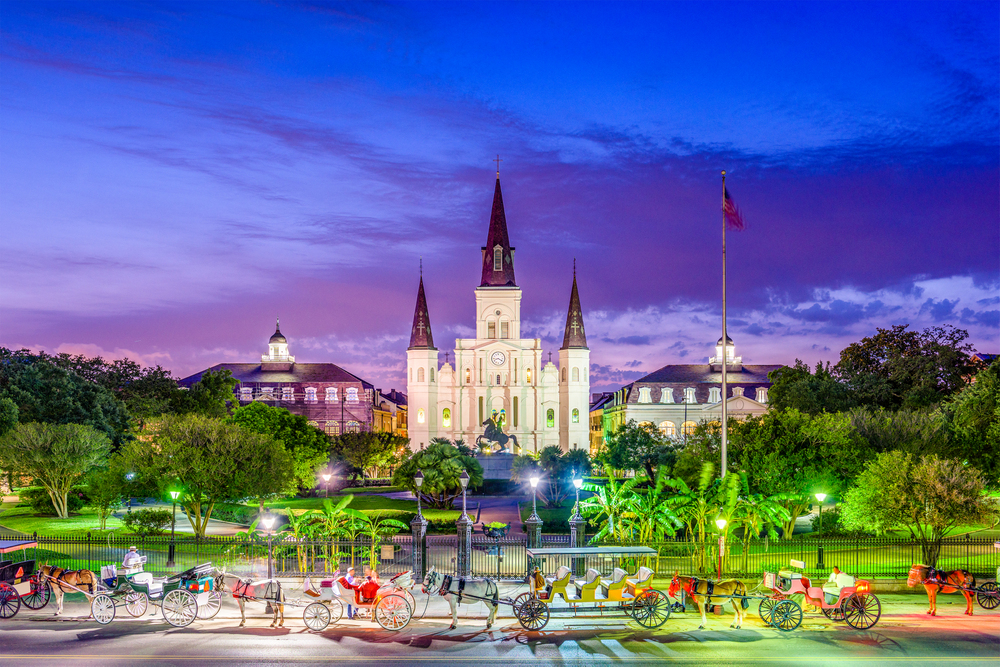
America’s most distinctive food city blends French, Spanish, African, and Caribbean influences into wholly original creations like gumbo, jambalaya, and po’boy sandwiches dressed with remoulade sauce.
Creole and Cajun traditions meld in institutions like Commander’s Palace, while neighborhood joints serve red beans and rice on Mondays following centuries-old traditions. The city embraces festive eating traditions like crawfish boils, where newspaper-covered tables create communal feasting experiences.
Penang, Malaysia

This island state preserves Malaysia’s most vibrant street food culture, where Chinese, Malay, and Indian influences create astonishing diversity within a compact area. Gurney Drive and the streets of George Town overflow with hawker stalls serving char kway teow and asam laksa.
The tropical climate infuses dishes with aromatic ingredients, while Nyonya cuisine—born from Chinese-Malay intermarriage—produces complex dishes that reflect centuries of culinary evolution.
Mexico City, Mexico
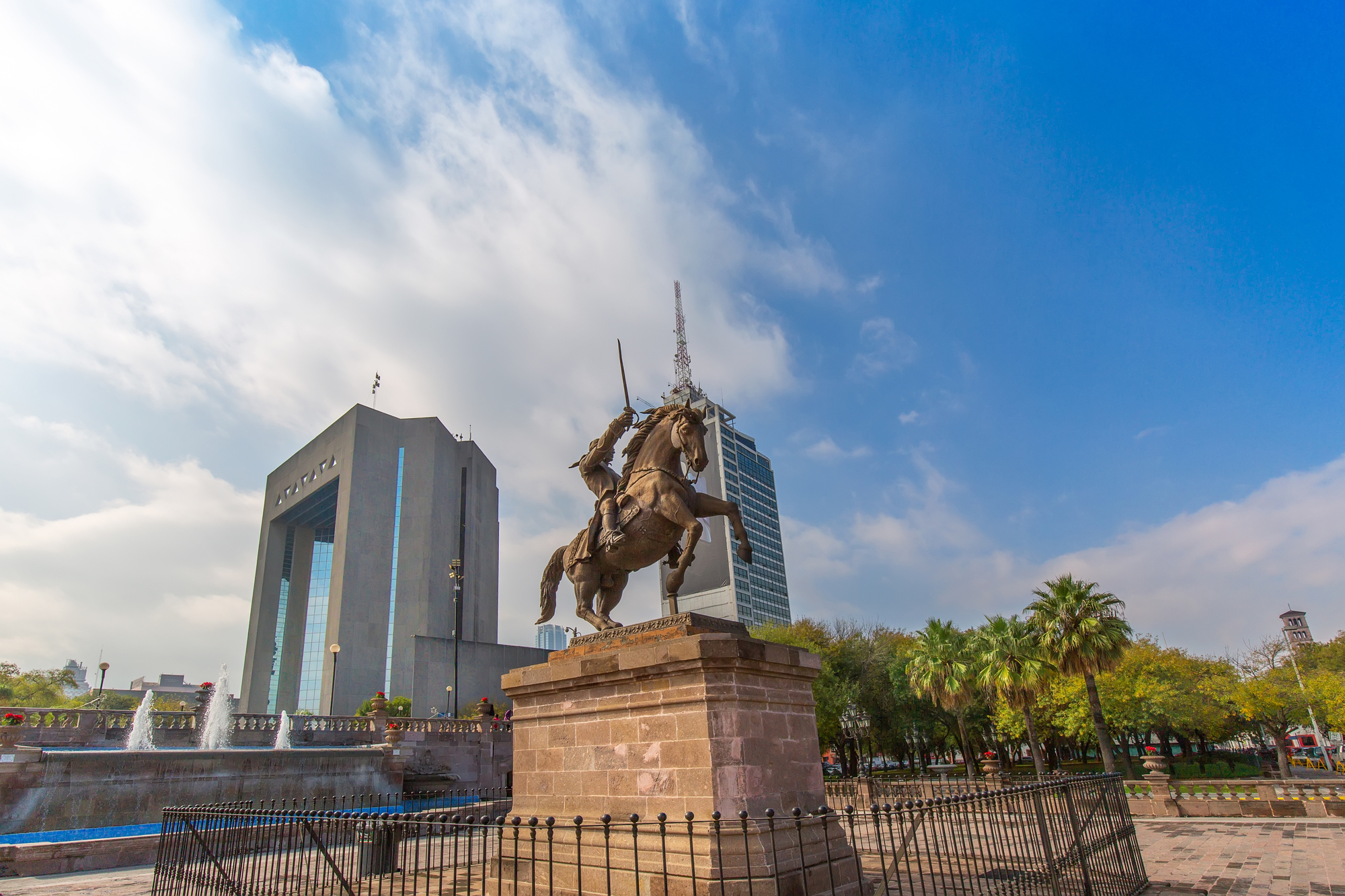
The sprawling Mexican capital offers pre-Hispanic culinary roots alongside sophisticated modern interpretations, from street-corner tacos al pastor to Pujol’s famous mole, aged for thousands of days. Xochimilco’s floating markets showcase ancient agricultural techniques, while neighborhoods like Roma buzz with innovative restaurants reinventing traditional recipes.
Morning markets like Mercado de la Merced immerse visitors in Mexico’s extraordinary ingredient diversity, revealing why UNESCO recognized Mexican cuisine as an Intangible Cultural Heritage.
Like Travel Pug’s content? Follow us on MSN.
Bologna, Italy
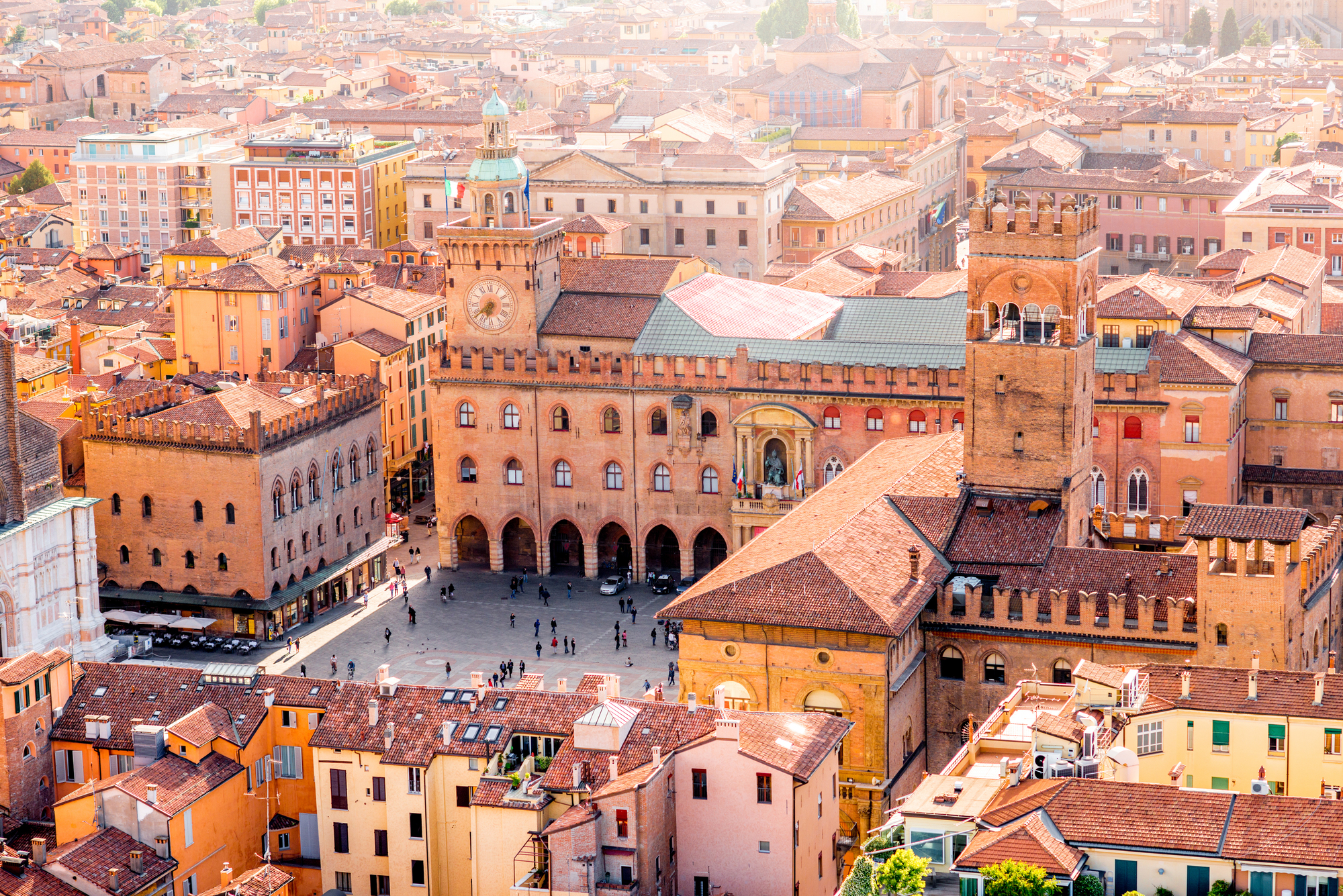
Italy’s gastronomic heartland earned its nickname ‘La Grassa’ (The Fat One) through centuries of culinary abundance centered around handmade pasta traditions. The city gave the world tortellini, tagliatelle al ragù, and mortadella—the original inspiration for American bologna.
The medieval Quadrilatero houses specialized shops selling freshly made pasta, aged balsamic vinegar, and Parmigiano-Reggiano cheese from the surrounding region.
Chengdu, China
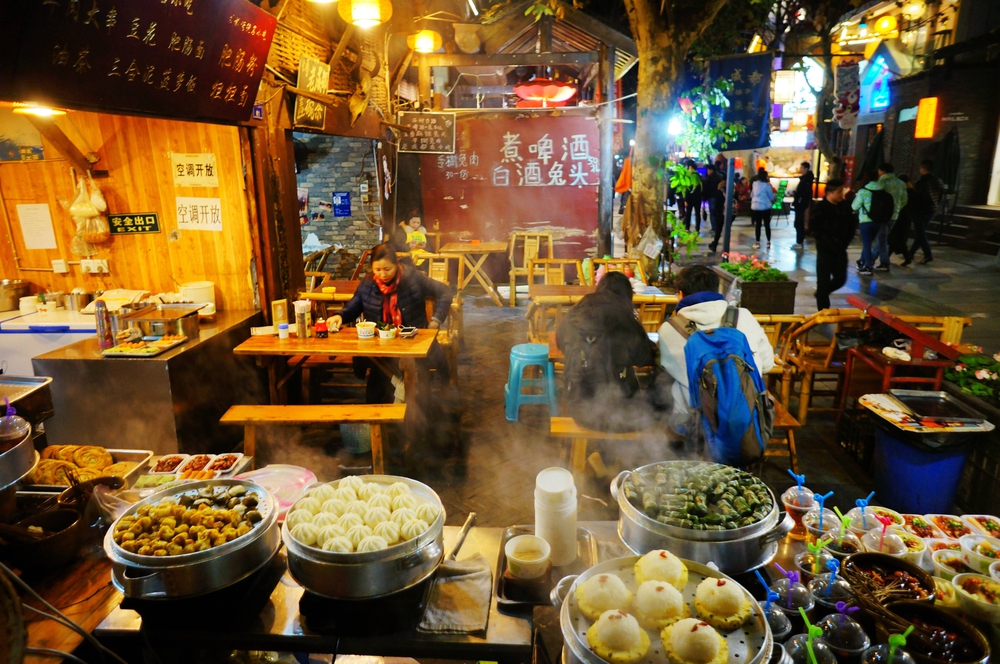
The capital of Sichuan province delivers China’s most distinctive regional cuisine through its masterful manipulation of heat and numbing sensations. This UNESCO-recognized City of Gastronomy specializes in complex flavor compositions centered around the Sichuan peppercorn, which creates a unique málà sensation when combined with chili heat.
Beyond fiery specialties like mapo tofu, the city excels in delicate dim sum and theatrical teapot pouring.
Istanbul, Turkey
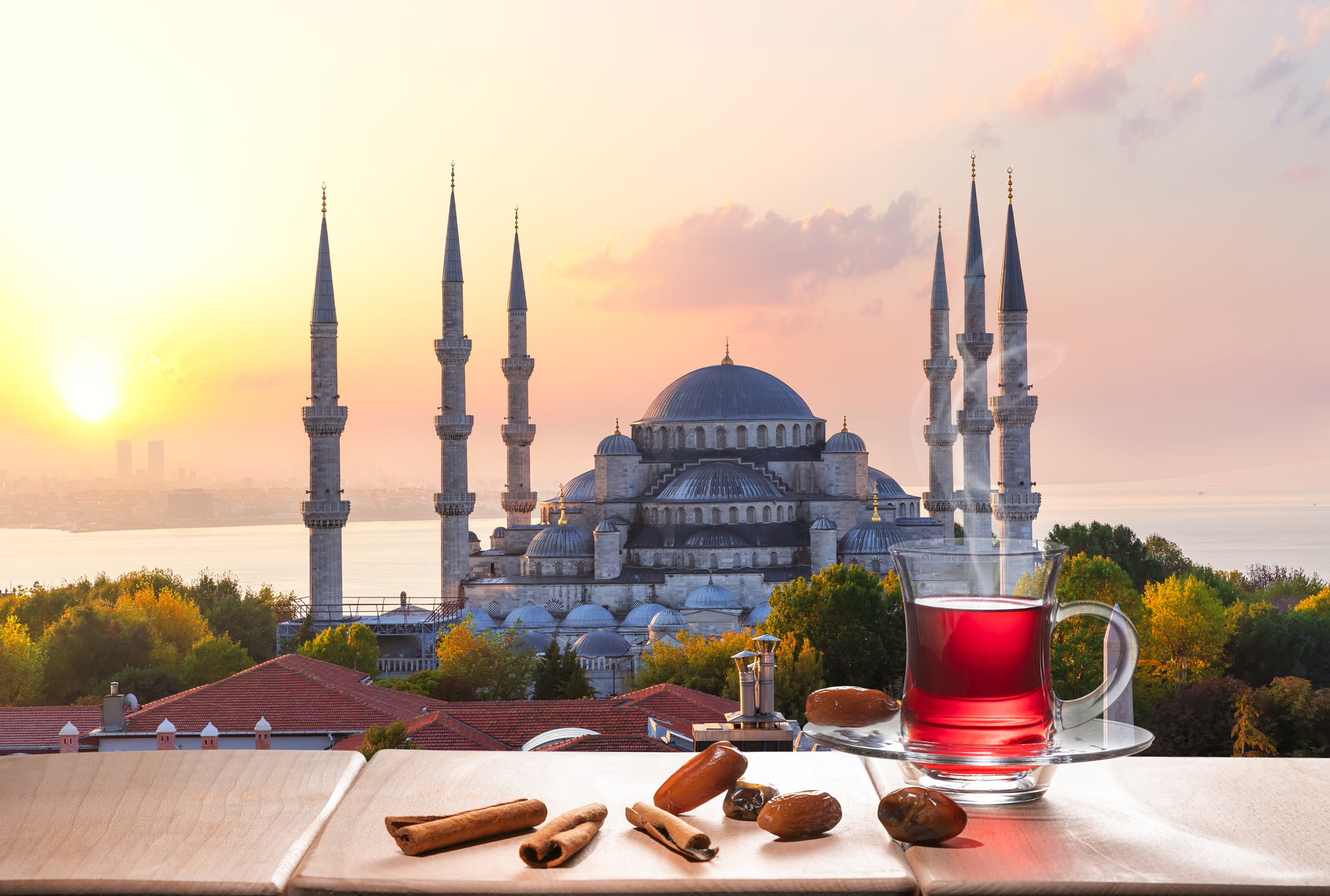
Straddling Europe and Asia, Istanbul’s cuisine reflects its position as history’s greatest crossroads through spectacular flavor fusion. The city excels in contrasts—delicate meze plates alongside hearty kebabs, simple simit bread rings versus elaborate palace desserts dripping with honey syrup.
The Spice Bazaar remains a sensory wonderland after four centuries, while fish markets along the Galata Bridge transform the morning catch into impromptu meals with stunning Bosphorus views.
Like Travel Pug’s content? Follow us on MSN.
Lima, Peru

Peru’s capital spearheaded the South American culinary revolution by celebrating Indigenous ingredients through sophisticated technical expertise. The city excels in contrasts between ancient and modern, from pre-Incan crops to avant-garde restaurants organizing menus by ecosystem elevation.
Ceviche represents Lima’s signature dish—raw seafood transformed by lime juice, chili, and aromatics. The annual Mistura food festival celebrates Peruvian cuisine’s remarkable diversity spanning Andean, Amazonian, coastal, and immigrant traditions.
Hanoi, Vietnam

Vietnam’s capital preserves culinary traditions through exceptional street food served at specialized stalls passed through generations. The city’s signature pho bo combines aromatic beef broth, rice noodles, and fresh herbs into Vietnam’s most famous culinary export.
The labyrinthine Old Quarter contains streets named for their historical specialties. At the same time, sidewalk vendors serve bun cha (grilled pork with noodles), which demonstrated the food’s diplomatic power during the famous Obama-Bourdain meal.
San Sebastián, Spain

This small Basque city maintains one of the world’s highest concentrations of culinary excellence through both Michelin-starred molecular gastronomy and centuries-old pintxos traditions. The Old Town transforms nightly into an extraordinary food crawl as dozens of bars display counters laden with toothpick-speared creations.
The city’s location between mountains and sea provides exceptional ingredients, while nearby fishing villages supply daily catches that showcase absolute product quality.
Like Travel Pug’s content? Follow us on MSN.
Beirut, Lebanon
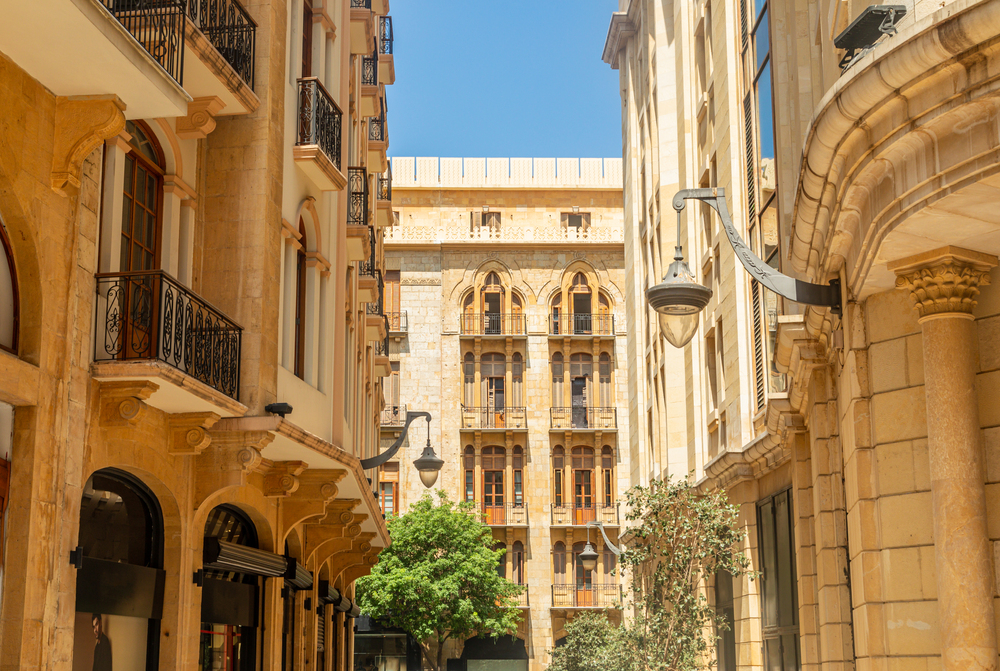
Despite political challenges, Beirut’s resilient food culture represents one of the Middle East’s most exciting culinary destinations. The city’s mezze tradition transforms meals into social experiences through dozens of shared small plates accompanied by exceptional wines from the Bekaa Valley.
Fresh herbs and spices illuminate dishes like fattoush salad, while the cosmopolitan history incorporates French influences alongside traditional Levantine preparations. Morning rituals include fresh-baked man’oushe flatbread topped with za’atar or stretchy akkawi cheese.
Singapore

This island nation transformed its food culture into a national identity through hawker centers—open-air complexes where specialized food stalls serve dishes reflecting Chinese, Malay, Indian, and Peranakan heritage. The UNESCO-recognized hawker tradition makes world-class food remarkably affordable, from Katong laksa to Hainanese chicken rice.
Singapore’s commitment to preserving culinary heritage while embracing innovation creates an extraordinary range from traditional breakfast sets to reinvented heritage cuisine.
Marrakech, Morocco
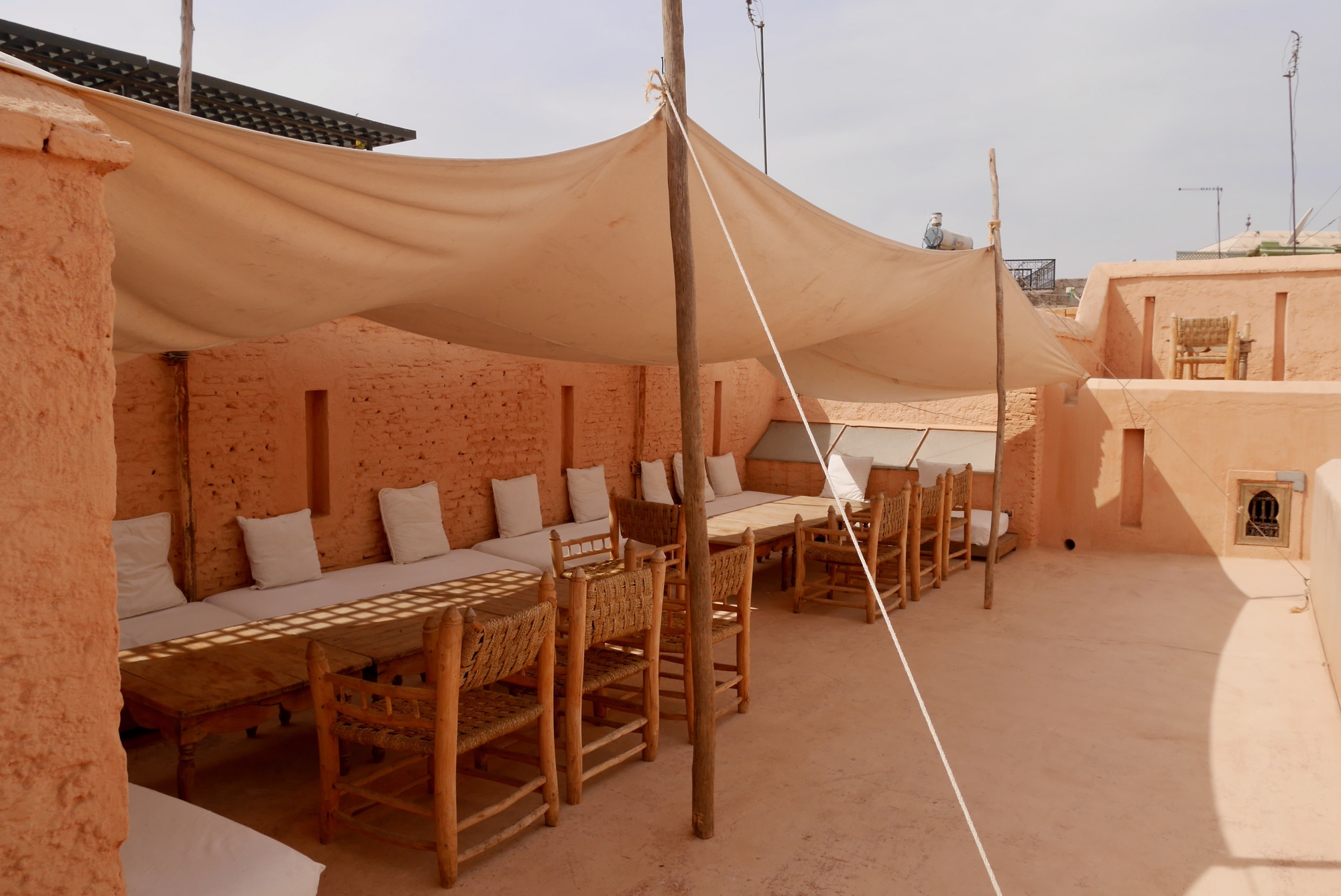
The sensory overload of Marrakech’s medina extends to its vibrant food culture, where complex spice blends create distinctive flavor profiles across tagines, couscous variations, and sweet-savory pastilla. The famous Jemaa el-Fnaa square transforms each evening into North Africa’s greatest food theater as smoke rises from dozens of grills.
Cooking schools in traditional riads teach the subtleties of Moroccan cuisine, from balancing sweet-savory combinations to achieving the distinct notes within the seven-spice ras el hanout blend.
Like Travel Pug’s content? Follow us on MSN.
Copenhagen, Denmark

This Nordic capital revolutionized global culinary thinking through the New Nordic movement, transforming traditional preservation techniques and foraged ingredients into avant-garde expressions. Beyond famous restaurants like Noma, the city embraces food innovation at all levels, from reimagined smørrebrød sandwiches to the vibrant Torvehallerne food hall.
The commitment to sustainability extends from urban farms to reduced food waste initiatives, incorporating local seaweed, berries, and mushrooms into modern interpretations of ancient traditions.
Tel Aviv, Israel

Israel’s Mediterranean metropolis buzzes with culinary energy from dawn until late at night, beginning with elaborate Israeli breakfast spreads featuring shakshuka and fresh salads. The city’s restaurant scene reinterprets Middle Eastern classics through contemporary techniques, while Carmel Market vendors maintain traditional preparations.
The influence of immigrant communities creates extraordinary diversity, from Yemenite breads to Eastern European stews. At the same time, the contemporary approach to vegetable-forward cuisine has made Tel Aviv a global plant-based dining destination.
Toronto, Canada

North America’s most diverse city translates its multicultural population into remarkable culinary authenticity across dozens of ethnic enclaves. The city contains multiple Chinatowns, Little Italy, Greektown, and other distinct neighborhoods offering specialized food shops and restaurants.
Kensington Market demonstrates how immigration waves transformed the city, with Jewish bakeries beside Latin American fruit stands and Caribbean spice shops. St. Lawrence Market provides traditional Canadian specialties, while innovative chefs merge global influences with local sourcing.
Like Travel Pug’s content? Follow us on MSN.
The Universal Language of Food
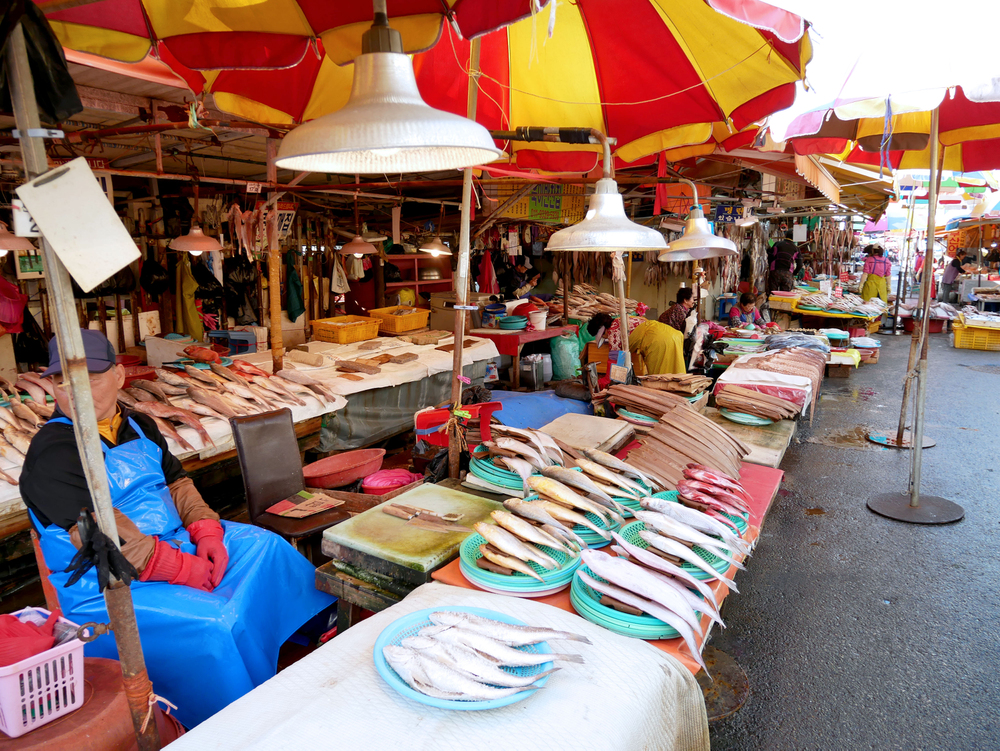
These twenty destinations demonstrate how cities reveal their souls through what they eat when they eat it, and how they share meals together. Beyond individual dishes or restaurants, these places create comprehensive food cultures where cooking and eating express history, geography, and cultural values more vividly than any museum display.
For travelers who understand that taste creates our most enduring memories, these cities offer experiences that linger long after the journey ends—flavors that capture moments in time, introduce new friendships, and occasionally change how we see the world. In a globe increasingly connected by technology yet divided by politics, food remains the universal language that reminds us of our shared humanity, one delicious bite at a time.
More from Travel Pug

- Cities Growing so Fast You Won’t Recognize Them in 10 Years
- 13 Destinations Where Tourists Regularly Regret Their Trip
- 20 Obscure WWII Sites Even History Buffs Don’t Know About
- 10 Under-the-Radar Mountain Towns That Are Both Affordable and Beautiful
- 20 Abandoned Places That Feel Like Real-Life Post-Apocalyptic Movie Sets
Like Travel Pug’s content? Follow us on MSN.
